Case Study: China's One Child Policy - a way of controlling a growing populationGeneral Facts:By the end of 2003, China’s population stood at 1.29 billion, accounting for 21% of the world’s total population. Its family planning (one child) policy has been implemented since the end of the 1970s and has led to a reduction of 300 million births during the last thirty years, with the birth rate continuing to decline. In 2003, the net population increase was 7.7 million with a birth rate of 12.41‰ and a natural growth rate of 6.01‰, compared to an increase of 23 million persons per year at the end of the 1960s and early 1970s.
As a result of this birth-control policy, within 30 years the demographic characteristics have now changed from a “high birth rate, low death rate and high growth rate” to a “low birth rate, low death rate and low growth rate”, a transformation that took many developed countries nearly one century to complete.
However, this fast transformation has also led to disadvantages in the population structure, mainly in two respects – an ageing population and an imbalance in the sex ratio.
One Child Policy Background Information:China's population went out of control in the 1950s and 1960s when the Chinese were encouraged to go and have as many children as possible to make China a 'great world leading nation'.
Hundreds of millions of extra children were born in a baby boom that sent the birth rate soaring to 5.8 children per couple, a level unsustainable by China's natural resources of food, water and energy.
Rules were then imposed on families to limit population growth. The rules were more complex than the simple instruction not to have more than one baby, although parents who comply with this still receive a certificate and a lump sum on retirement.
Two babies were permitted in many areas in the countryside, or if the first child was a female, since Chinese tradition strongly favours sons.
Breaking the one-child rule would result in a heavy fine, calculated as a multiple of salary in the year of the child's birth, or as a proportion of the collective income of the community in peasant areas. State officials who have more than one child automatically lose their jobs, a heavy punishment.
The rules are privately detested by many Chinese and have been criticised abroad. Human rights activists complain that the one-child policy has led to the practice of eugenics, and that the Chinese state uses it as a method of social engineering.
Some couples are given rigorous medical tests before they are allowed to marry, and it is claimed that people suffering from mental illnesses such as schizophrenia and disabilities including dyslexia are banned from marriage.
Chinese officials say that the one-child policy has been successful in preventing at least 300 million births, and has boosted prosperity.
Thirty years after the policy was imposed, China's actual birth rate is said to be not one child per couple but 1.8 children, because of exemptions and widespread flouting of the law by migrant peasants who travel to work in cities. But this is still below the level of 2.1 children needed to maintain population levels, and as such is starting to put pressure on state resources.
When the 1950/1960s enormous baby boom generation reaches retirement age in a few years, Chinese officials fear that their families will be unable to provide financial and social support.
One child being left to care for two parents and four grandparents is known as the "4-2-1" problem, and threatens to put severe strain on communities in a country which lacks a formal social security system to care for the elderly.
The policy has also produced an unnatural gender imbalance, as couples use legal and illegal means to ensure that their only child is a son. There are 117 men to each 100 women in China compared with the 108:100 imbalance in India, where sons are also preferred and female foetuses are sometimes aborted or baby girls left exposed to die.
Chinese officials estimate that by 2020 there will be 30 million men known as "bare branches", unable to find a wife to marry and have their own child.
Another consequence of the one-child rule has been the creation of a generation of "little emperors", indulged and cosseted boy children who are often overweight, arrogant and lacking in social skills.
In the cities, a new class of city worker has arisen with a Western-style reluctance to have more than one child, because they want to preserve their rising standard of living.
Although all Chinese feel that the one-child policy has been a good thing for their country, most say they personally wish they could have had more children.
Officials are said to fear that if the policy is simply lifted overnight, there will be a population explosion.






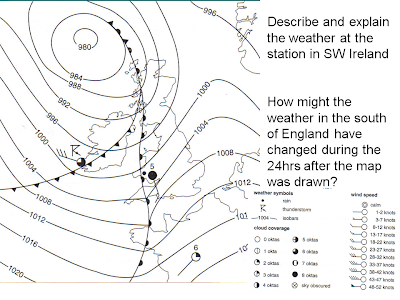
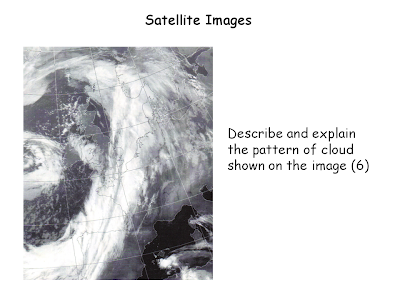









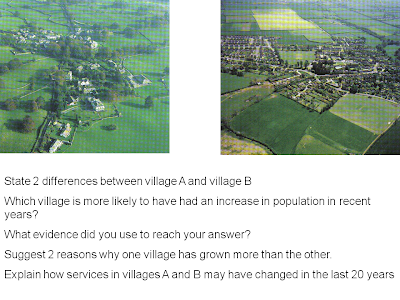
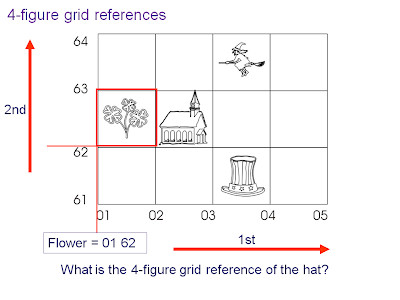


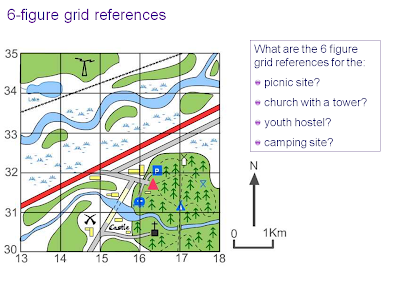







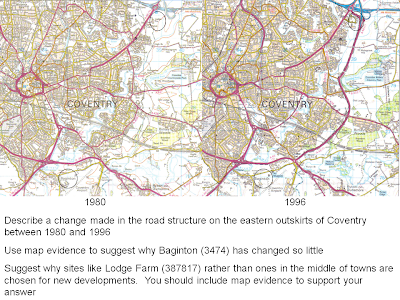







 Reasons for the population distribution:
Reasons for the population distribution:













